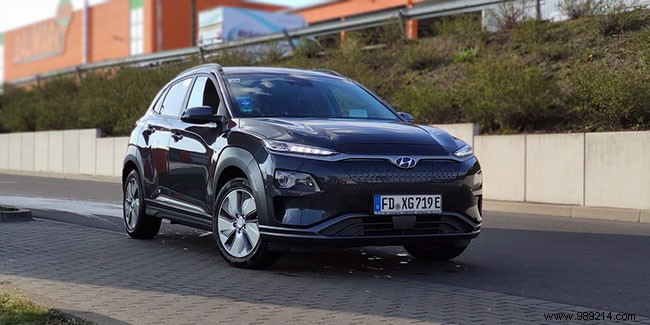
Presenting undeniable advantages, electric vehicles are increasingly popular with the French. Practical, economical and respectful of the environment, the electric car promises to be the new benchmark in terms of mobility. To accommodate it as it should, the house must be furnished. The most significant works will concern in particular the installation of a charging point to supply the vehicle with electricity.
When buying an electric car, it is difficult not to consider an optimal charging solution allowing you to charge your car quickly in order to take advantage of its full capacity. If public charging stations are multiplying, they should only be a back-up solution insofar as they are not always close to home and are not always available. To avoid inconvenience, it is important to have a clean charging solution to install at home. To do this, there are three solutions, including the classic power outlet which does not require any development. Compatible with any electric vehicle, the conventional socket is nevertheless inefficient given the risks and the extended charging time, sometimes up to more than 24 hours.
To reduce the risk of electrical breakdowns, the second solution is effective:the reinforced socket. Designed for charging vehicles at home, the reinforced socket is equipped with safety devices to prevent short circuits. However, in terms of charging power, it remains unsatisfactory. The solution recommended by the majority of car manufacturers is the charging station, also called a wallbox. It is a charging box specially designed for electric vehicles whose power output ranges from 3.7 to 22 kW. Safe, efficient and practical, the charging station must be installed by an approved professional, which involves additional installation costs on top of the purchase price of the station. Note that some electric car leasing formulas can cover the price of this charging station.
The first step in installing a charging station for electric vehicles is choosing the charging station. This choice depends on the needs of each owner, the charging characteristics of the vehicle and the electrical installation of the house. A powerful terminal offers a fast charging time provided that it is compatible with the maximum power supported by the car. And for this terminal to operate normally, the electrical power available in the home must also be sufficient. The market currently offers a wide choice of wallboxes ranging from less powerful to more powerful, from stand-alone charging stations to connected terminals.
The next step concerns the installation which requires the intervention of a licensed professional. The owner will have to agree with him on the ideal location for the device. Installation inside a garage is recommended to protect the box from the weather while sheltering the vehicle during the charging session. Whether it is hung on a wall or placed on a tripod, the important thing is that it is as close as possible to the charging hatch of the vehicle when it is parked. It is then up to the electrician to connect the terminal to the electrical panel of the house. The distance between the two pieces of equipment has a great influence on the price of the intervention, since the cost of the wiring will be higher, as will the extent of the civil works required.
Electrical standards are constantly changing and this is the reason why old houses are not always equipped to accommodate a charging point for electric vehicles. In order to ensure the safety of charging and the proper functioning of the charging station, upgrading the electrical installation to standards must be considered by the owner. This work consists of bringing the electrical installation into compliance with the new regulations in force. An electrical diagnosis must be carried out upstream before starting the work, which will consist of a complete overhaul of the electrical system, from the panel to the cables, including sockets and switches. In terms of price, such an operation costs between 120 and 200 euros per m2.